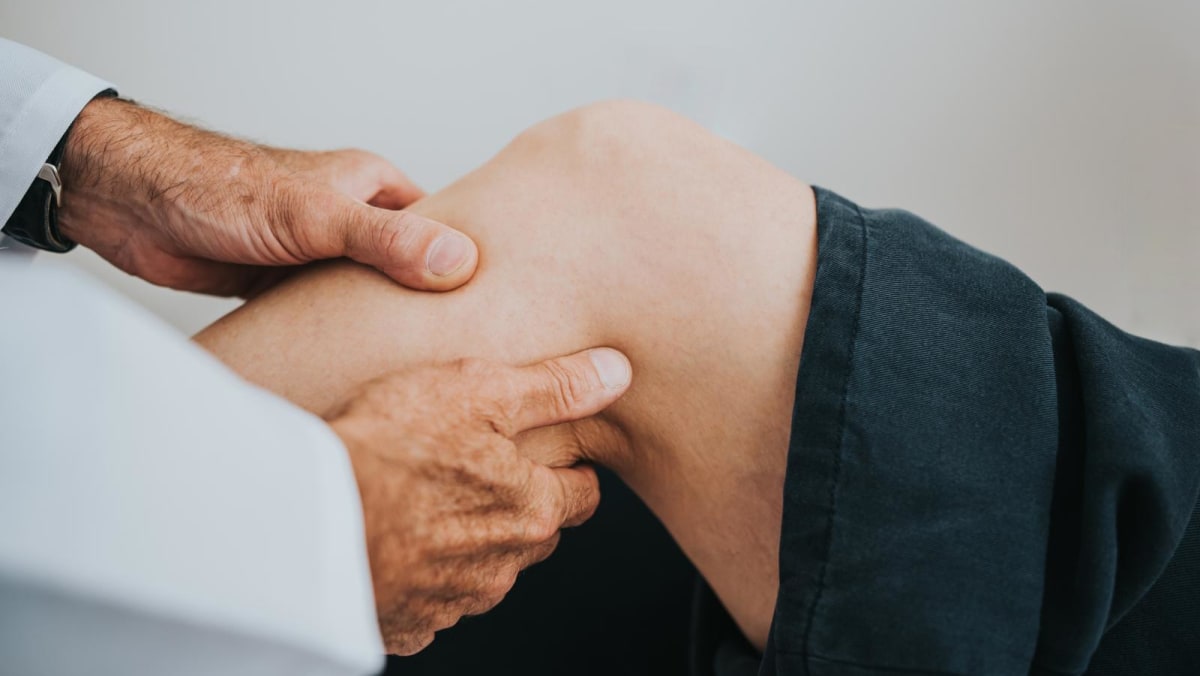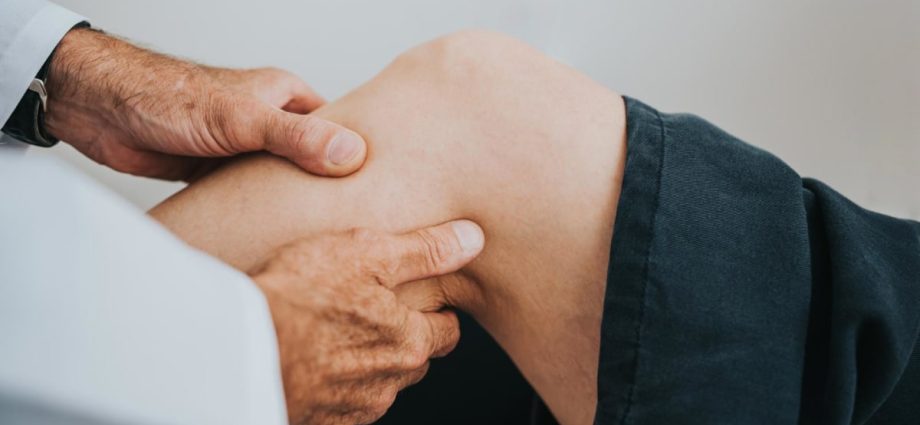
SINGAPORE: Patients requiring implants including for the heart, eyes and knees will soon get higher subsidies if they fall under a new list of devices assessed to be clinically- and cost-effective.
This comes as part of ongoing efforts to ensure that healthcare remains affordable and cost increase stays sustainable, said the Ministry of Health (MOH) in a news release on Wednesday (Nov 29).
The changes to the subsidy framework will kick in on Friday.
Currently, patients are subsidised for all implants, which are medical devices surgically placed inside or on the surface of the human body.
Singapore citizens are subsidised up to 50 per cent, with a cap of S$1,000 (US$752), while Permanent Residents (PRs) are subsidised up to 25 per cent, with a cap of S$500.
But according to MOH, this subsidy framework is “not ideal”.
“First, it applies to almost all implants irrespective of their clinical- or cost-effectiveness. As a result, there is little incentive for implant manufacturers to reduce prices to improve patient affordability, since their implants are already eligible for subsidy,” said MOH in the news release.
“Second, the dollar cap on the subsidies also disadvantages patients who need higher cost implants.”
The use of implants is expected to increase as the population ages, it added. Newer and more costly implants are likely to enter clinical use rapidly, so there is a need to “refresh the current implant subsidy framework so that it works better for our patients”, said MOH.
HIGHER SUBSIDIES FOR LISTED IMPLANTS
On Friday, MOH will introduce the Implant Subsidy List, which comprises implants that are fully registered with the Health Sciences Authority (HSA) and were assessed by the Agency for Care Effectiveness (ACE) to be clinically- and cost-effective.
As long as a patient meets the clinical criteria for implants on the list, he will be eligible for higher subsidies than today.
Under the new framework, Singapore citizens will receive between 50 and 80 per cent subsidy in B2 and C wards and day surgery settings – with no dollar cap. The current maximum subsidy is up to 50 per cent and there is a cap of S$1,000.
PRs will be subsidised between 25 and 50 per cent for implant procedures in similar settings, more than the current maximum of 25 per cent and S$500 cap.

